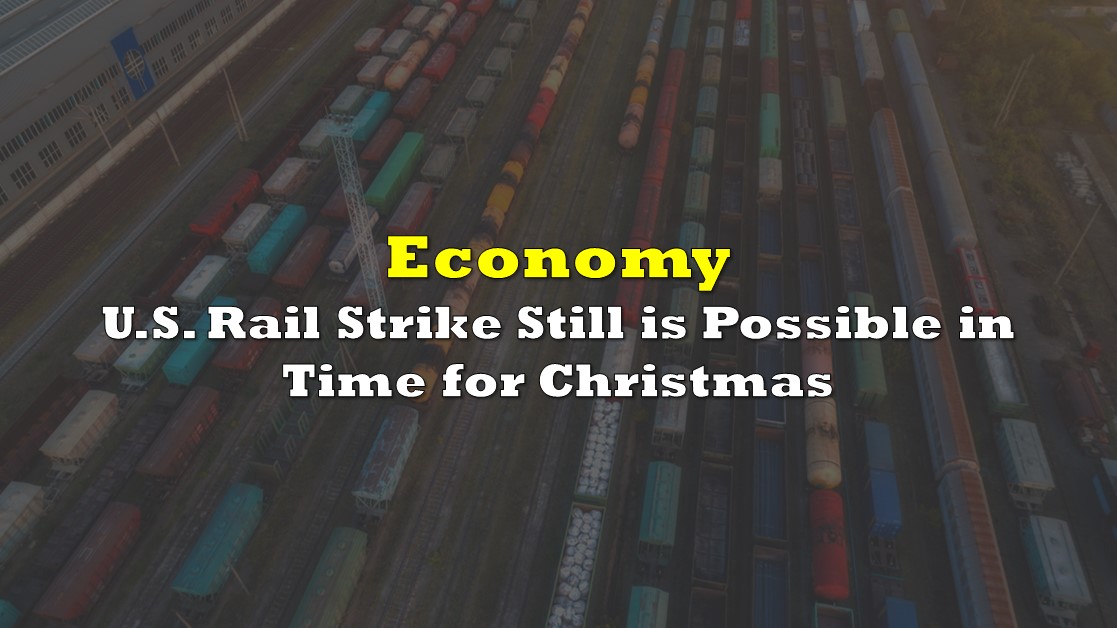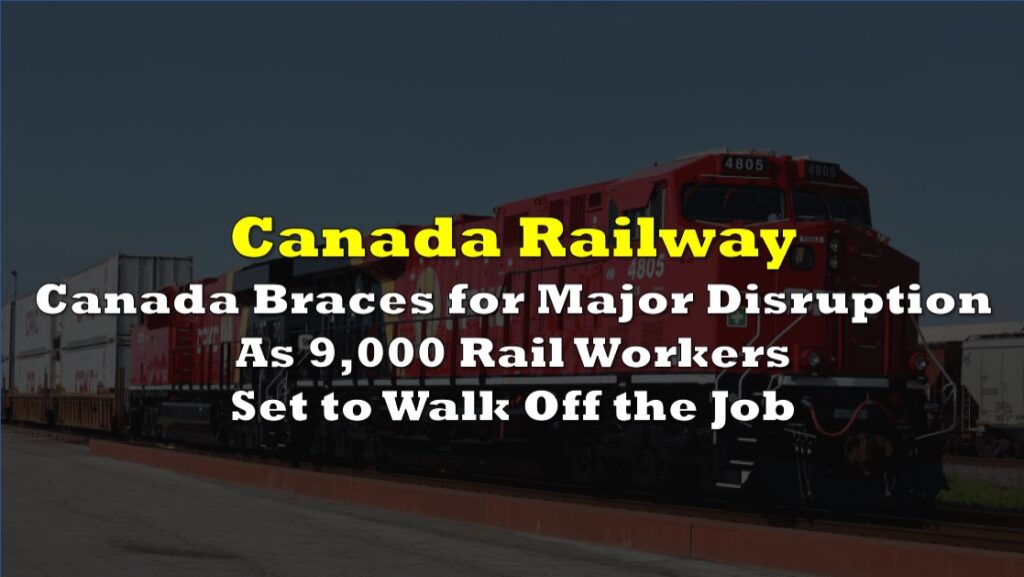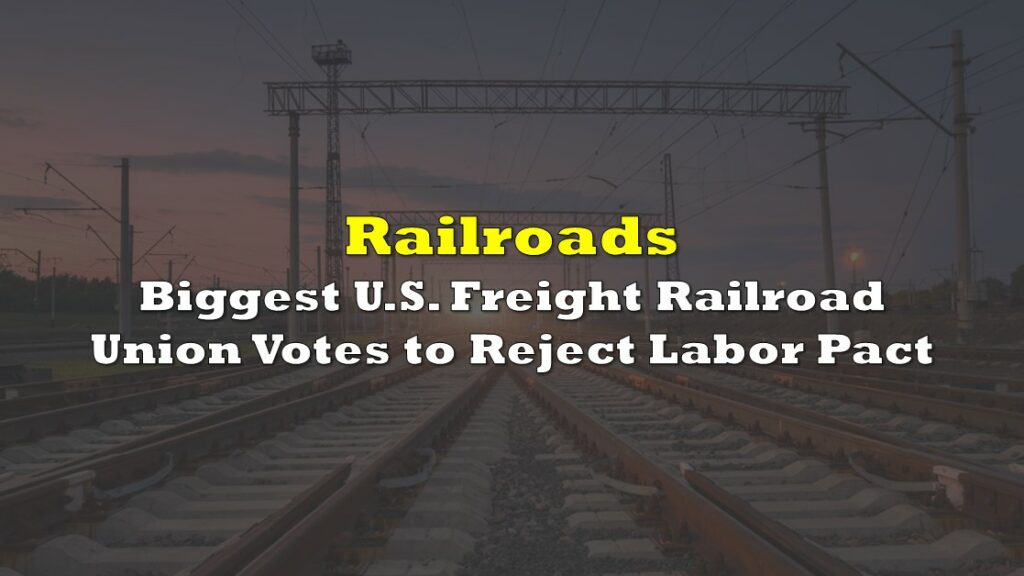Here is the good news: In mid-September, national representatives of 110,000 U.S. freight rail workers and the four major freight railroad managements, helped by an eleventh hour push by President Biden, reached a tentative labor deal that averted a nationwide strike that could significantly impact an economy that is feeling the effects of an aggressive monetary tightening campaign by the Federal Reserve and other global central banks.
The terms of the agreement seem friendly to the workers. The rank and file would receive a 24% wage increase over the five-year period 2020-2024 (the deal includes retroactive pay). By the end of the proposed pact, the average pay of a rail worker would be about US$110,000; factoring in benefits like pensions and healthcare, the total value could be closer to US$160,000. In addition, the agreement removes penalties for missing time due to an illness or emergency.
On the flipside, union leaders had pushed for 15 days of annual paid sick leave; the tentative agreement includes only one day of such leave. These strict employment conditions have resulted in high attrition levels at the rail carriers. In addition, railroads have aggressively cut payrolls in recent years which has translated into substantial bottom-line improvement — and rancor among the workforce. Over the last six years, railroads have laid off 45,000 workers, or 30% of their combined workforce. Workers say it is difficult to reconcile these cuts with recent record profits reported by freight carriers.
Unfortunately, there is some bad news too. The 110,000 unionized workers are divided into 13 separate unions. Seven smaller unions have ratified the pact, but three, including the union that represents 23,900 track maintenance workers, have voted against the tentative deal. The two largest unions, the engineers (~25,000 members) and conductors (~37,000 members), which comprise two-person train crews, are scheduled to announce their voting results on November 21.
The stakes are high, and the time frame is short. If all unions do not vote to approve an agreement by the end of an agreed cooling-off period by December 9, a nationwide strike could begin — just in time for Christmas. If any union decides to strike, it is widely believed that other unions would not cross picket lines.
The economic impact of a strike, regardless of its start date, would be enormous. The Association of American Railroads estimates that a national freight rail shutdown would hurt the U.S. economy by at least US$2 billion per day. The last national rail strike occurred 30 years ago, before the U.S. Congress voted to end it.
Rail workers are covered under a different labor law than most U.S. workers. By law, the U.S. Congress could vote to block or delay a strike. That body could, among other things, vote to enact the tentative agreement reached on September 15 or appoint arbitrators to craft another wage deal. It is not clear what the current “lame duck” Congress would do.
Information for this briefing was found via Trading Economics and the sources mentioned. The author has no securities or affiliations related to this organization. Not a recommendation to buy or sell. Always do additional research and consult a professional before purchasing a security. The author holds no licenses.









